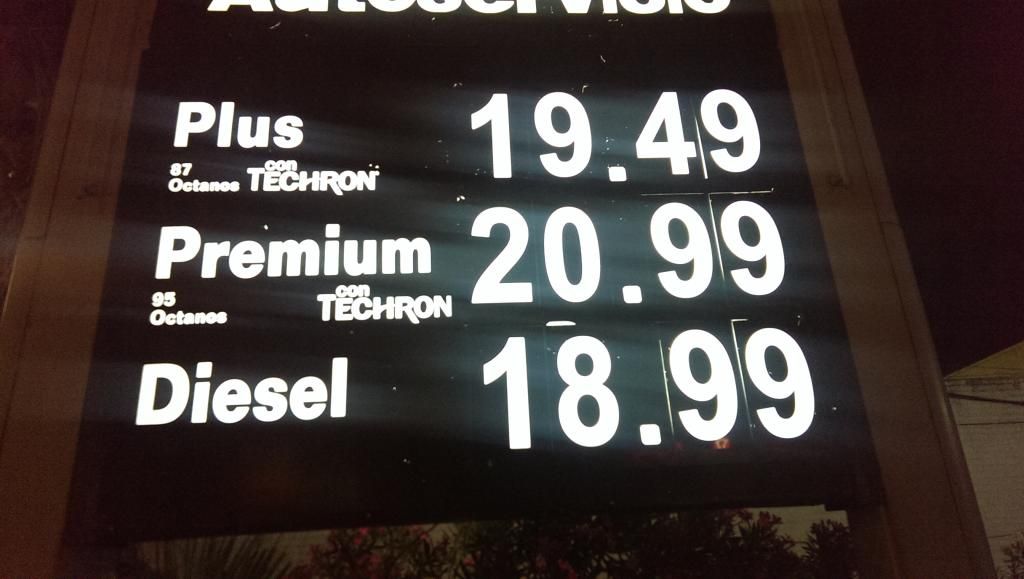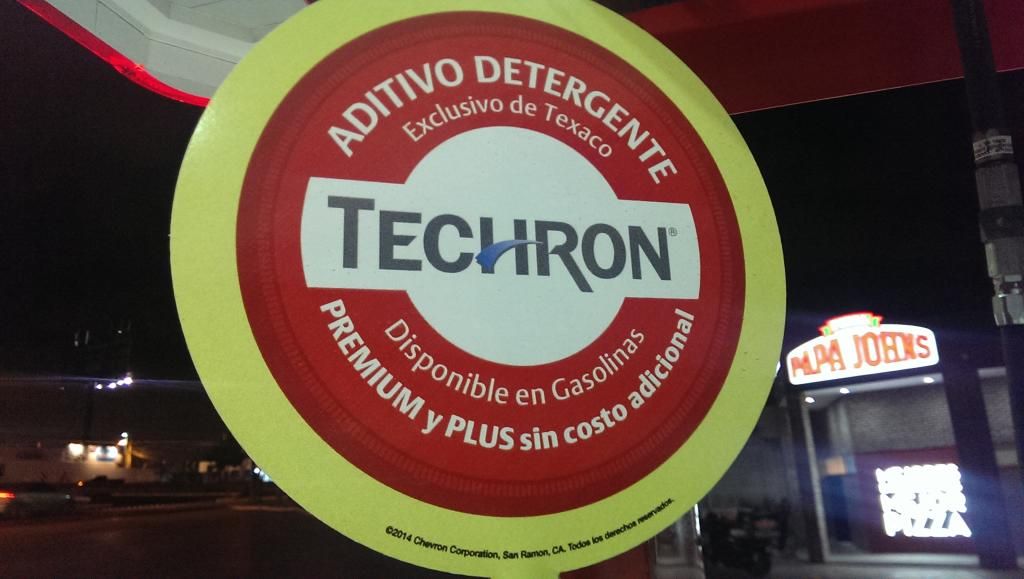No way the regular down there is 83 AKI?? They are at about 5700 feet above sea level which may be ok with a lower actual octane but still many parts of the country are at sea level only an hour away from my parents house.
PING!
Quote:
What's so hard to understand? Products sold in local markets are always built to the requirements for those markets. While there are a lot of multivoltage devices available, most larger appliances a designed for a specific plug and a specific voltage range. If 83 AKI fuel is the standard for regular unleaded, then it's pretty simple that vehicles sold there will be able to use it without damage.
In the case of modern EFI engines, it's pretty easy to program them for different fuels, and knock sensors will kick in even if they didn't. Of course that ends up seriously affecting performance, but that's the way it is.
Exactly, a few changes in the ECU timing and viola, I also bet that even many brand new vehicles down there do not have catalytic converters either.
ECU timing isn't taking away the compression ratio though. There's only so much timing you can pull and a lot of modern engines spec "regular" while having much higher compression ratios than in the past. The new 5.0L Ford (11:1) for example as well as many econobox 4-bangers. The 5.7L HEMI was 9.5:1 and called for "regular" with mid-grade being "recommended". It would likely ping like mad on 83 octane.
My thought would be that the "solution" for that is that these types of vehicles, ones that call for regular here but with high compression ratios, would have to call for "premium" there to not self destruct



